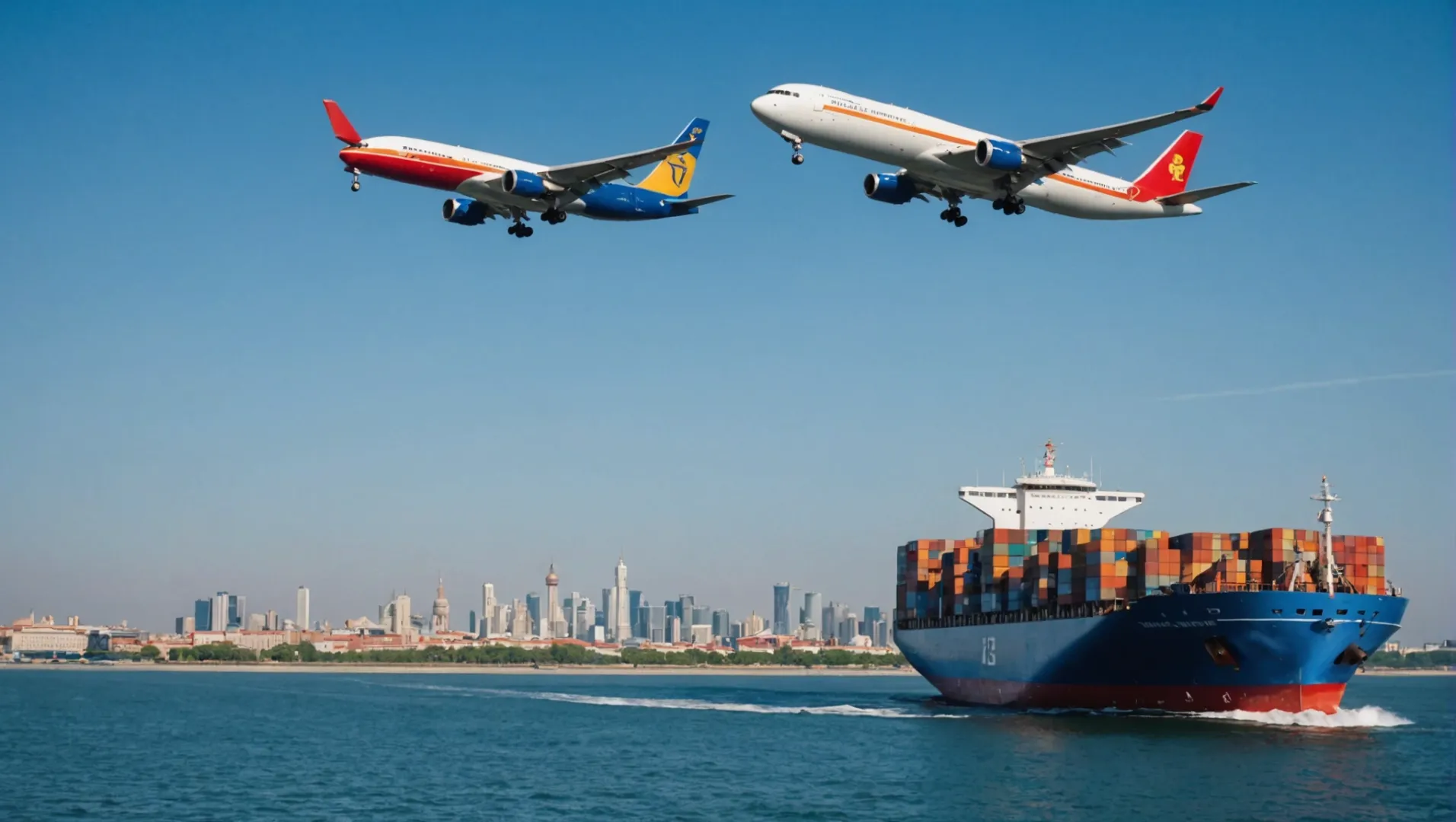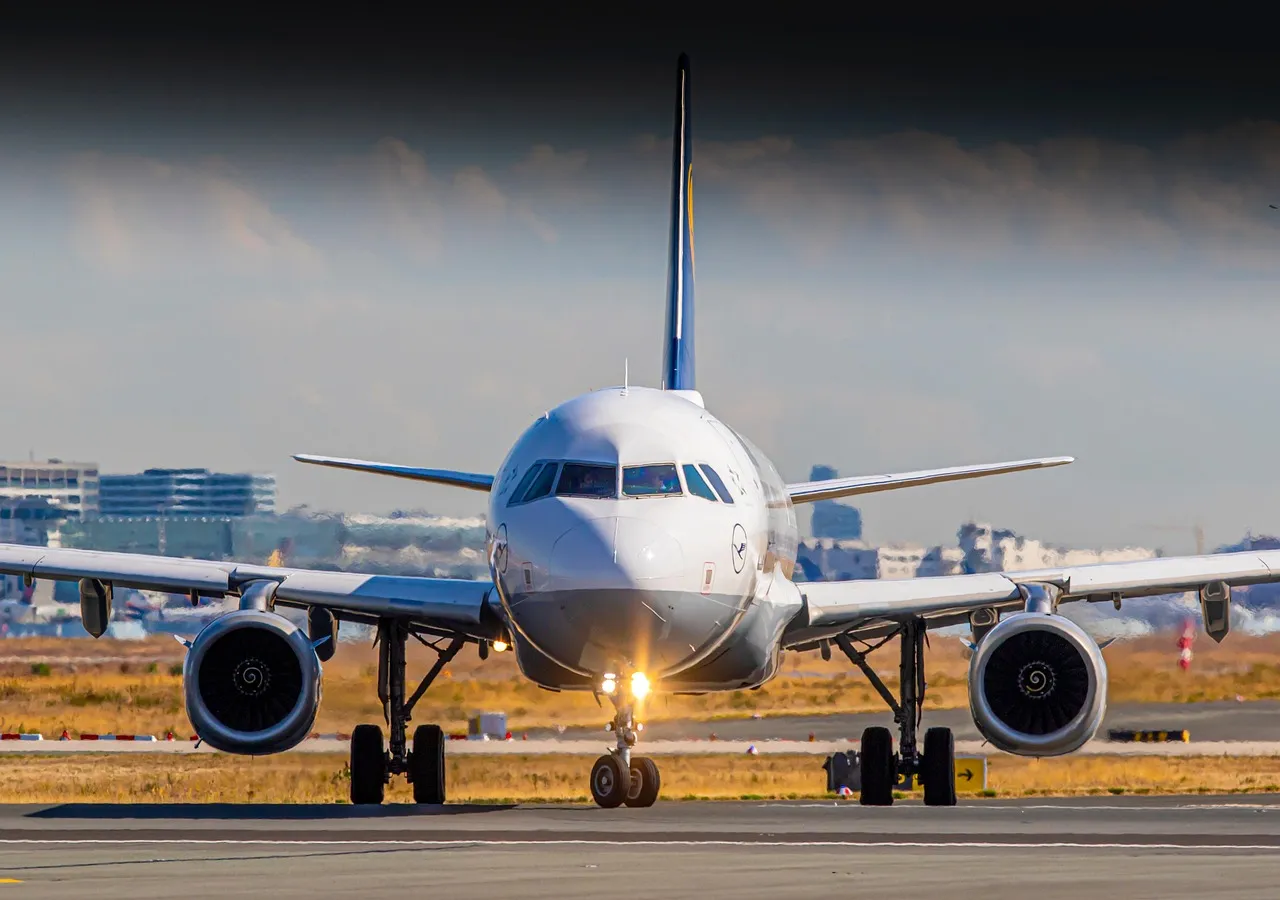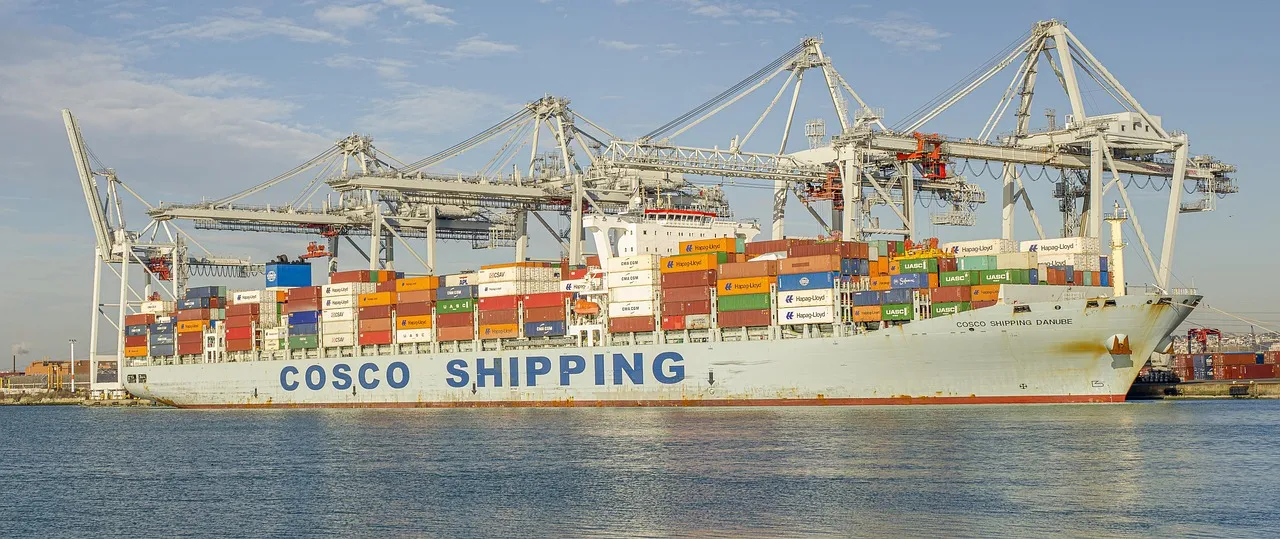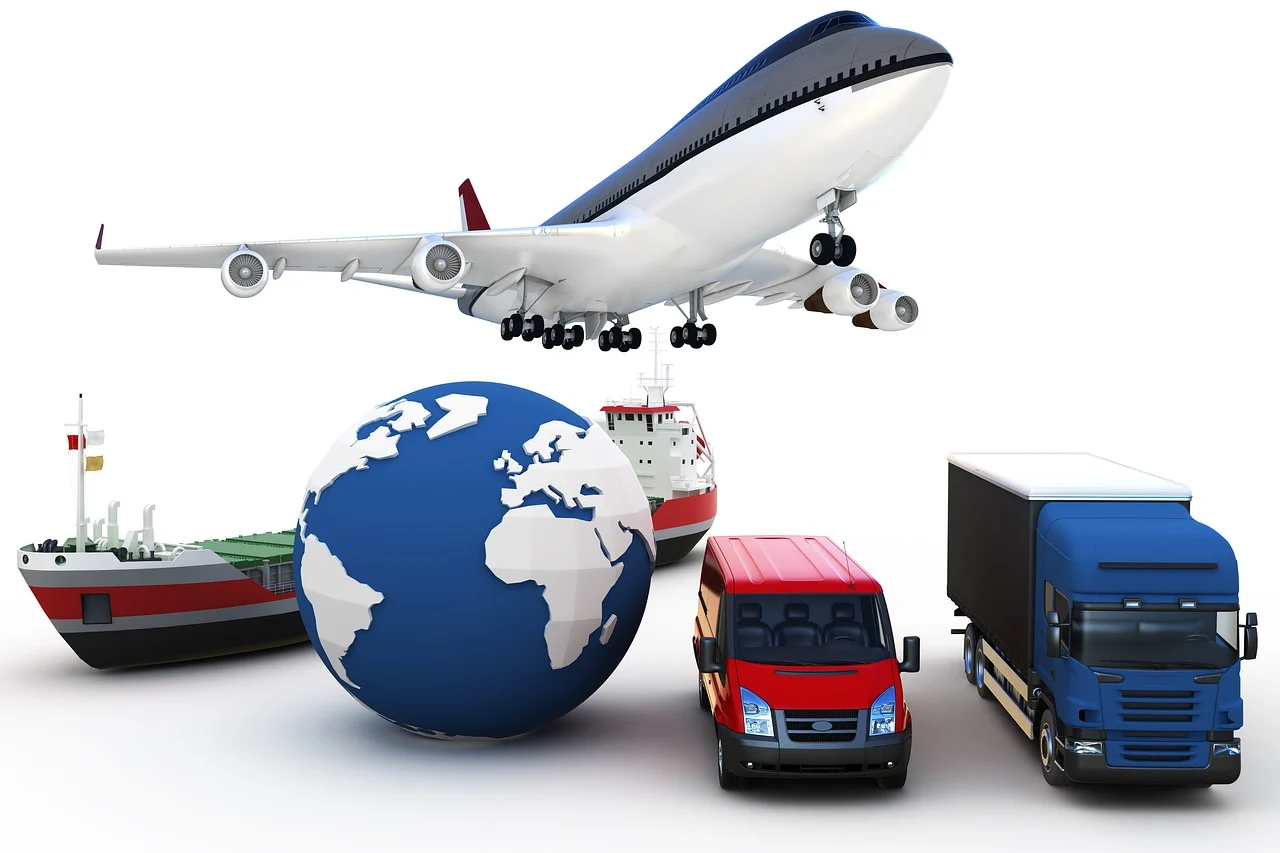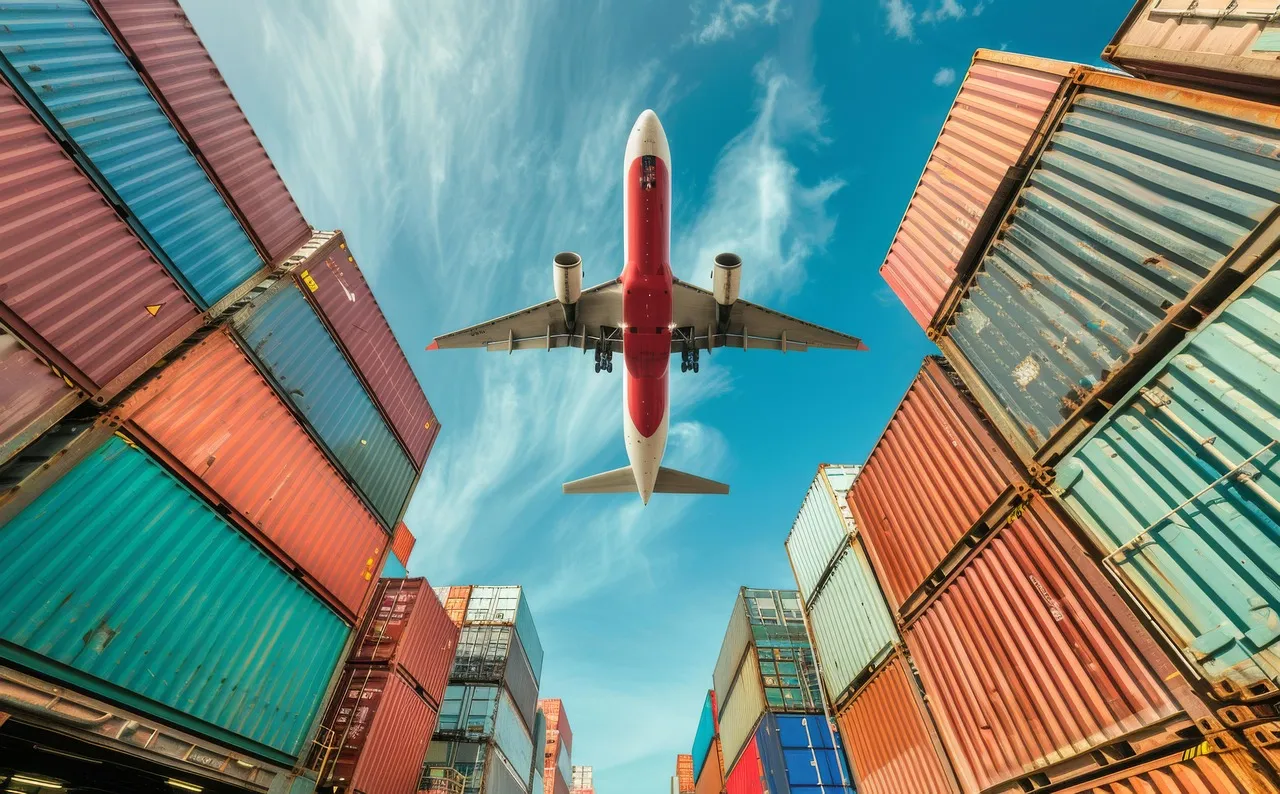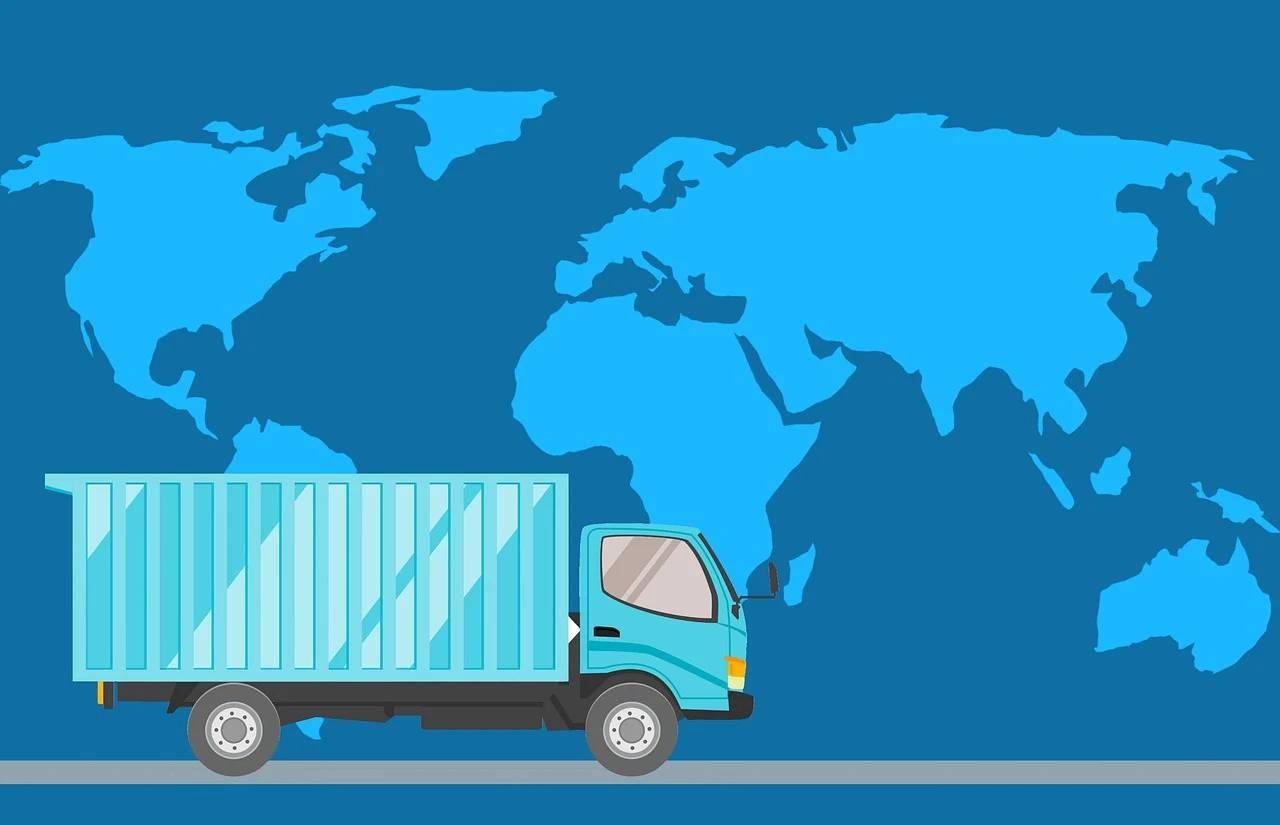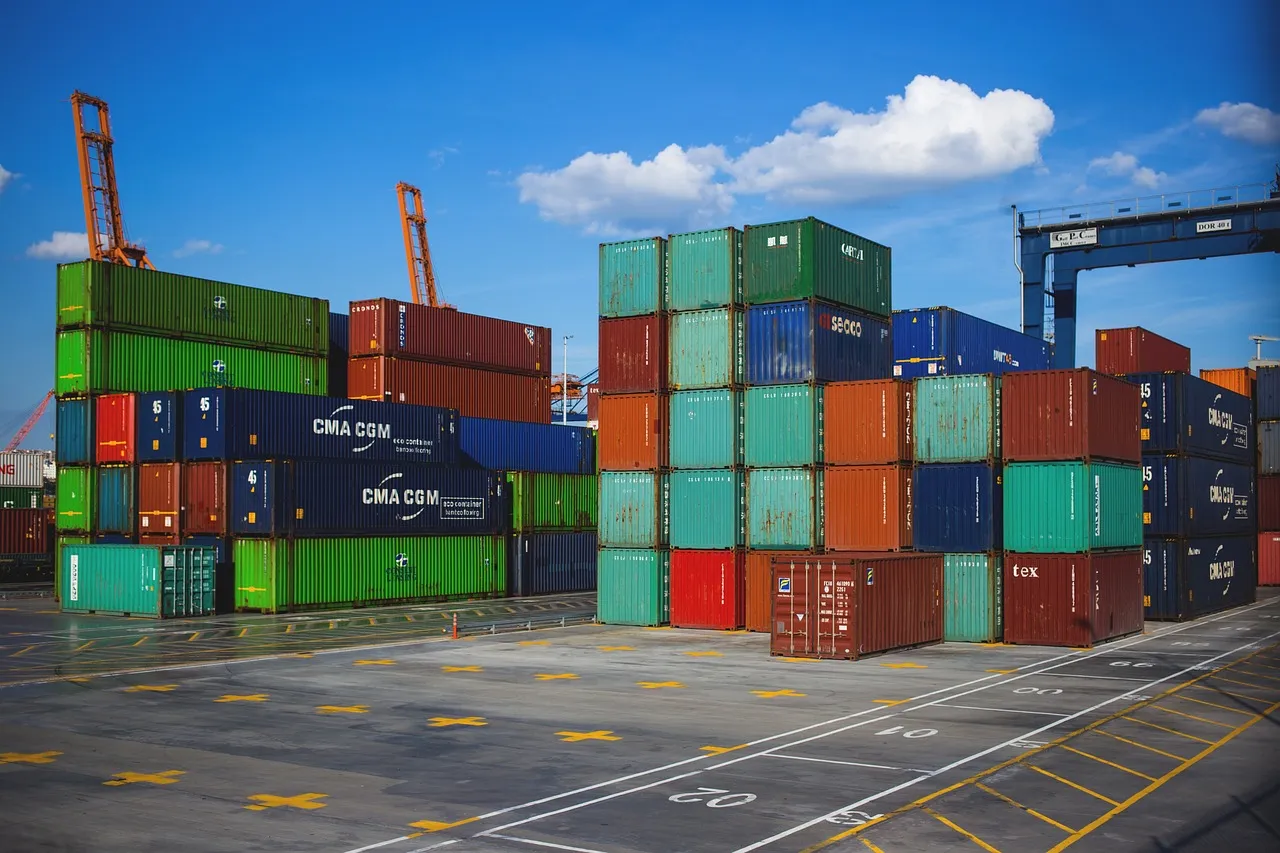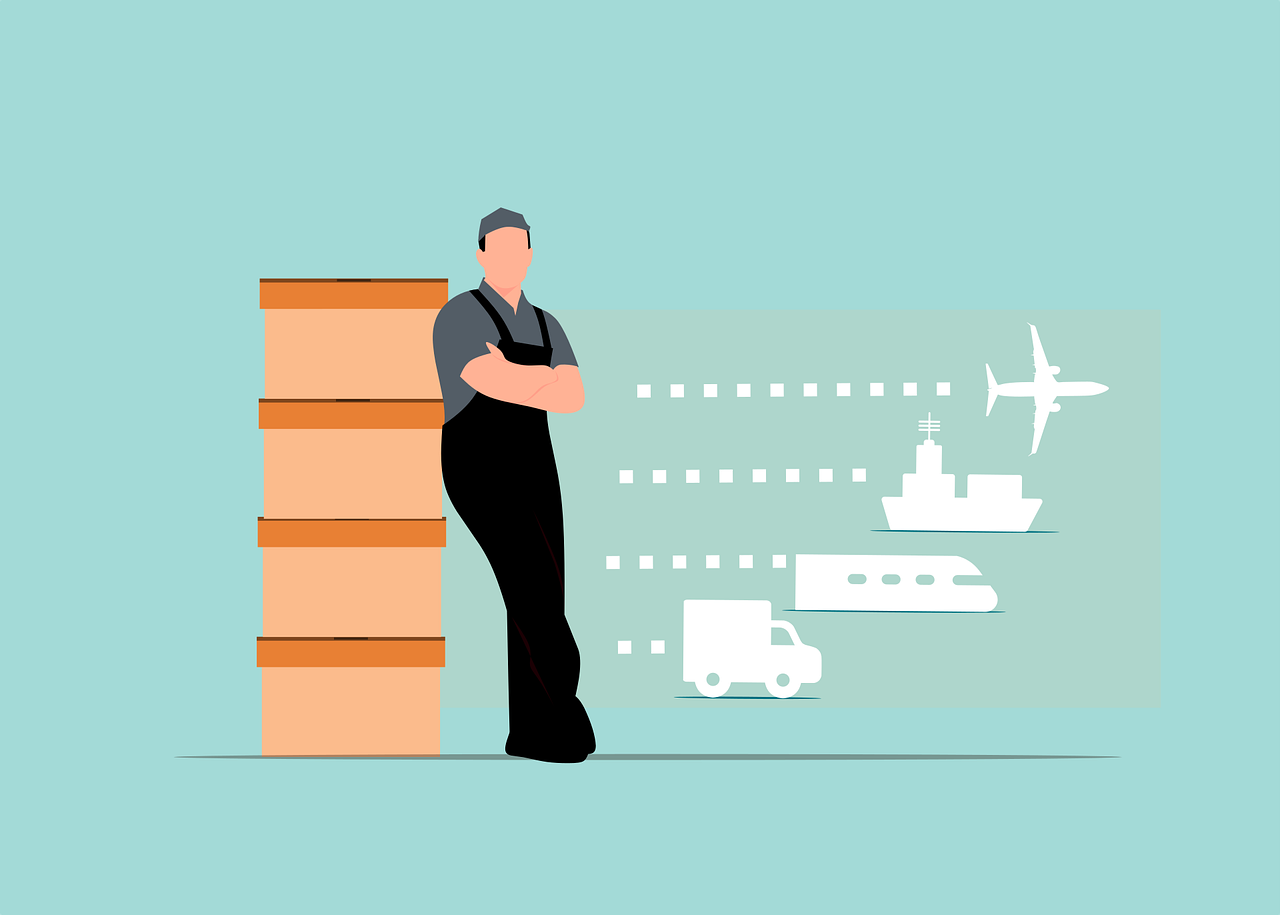GeeseNest: Cheapest Shipping from China to Italy By Air
With growing trade between China and Italy, air freight has become a key logistics solution for fast and reliable delivery. Especially with the launch of direct flights from Shenzhen to Milan, delivery times have been significantly improved. At GeeseNest, we provide customized freight forwarding services from Shenzhen to Italy, offering professional support with route selection, customs clearance, shipping documents, and transparent pricing.
Direct Flights Between China and Italy: Key Airports
Currently, seven major airports in China operate direct flights to Italy:
- Beijing Capital International Airport → Rome / Milan
- Shanghai Pudong International Airport → Rome / Milan
- Hong Kong International Airport → Rome / Milan
- Shenzhen Bao’an International Airport → Milan
- Nanjing Lukou International Airport → Milan
- Taipei Taoyuan International Airport → Rome / Milan
- Chongqing Jiangbei International Airport → Rome
GET N TOUCH
Get the Best Freight Routes Intelligence
Main airports in Italy that handle Chinese cargo flights include:
- Milan Malpensa International Airport (MXP) – The largest airport in Northern Italy and a key freight hub in Central Europe.
- Rome Fiumicino International Airport (FCO) – Italy’s largest airport and the 8th busiest in Europe.
With a dedicated branch office in Milan, GeeseNest provides complete last-mile services, including customs clearance and final delivery.
Shenzhen to Italy Air Cargo Transit Time (Sample Routes)
| Route | Transit Time | Notes |
|---|---|---|
| SZX → ICN → MXP | 3–4 days | No lithium battery cargo |
| SZX → PEK → FCO | 3–4 days | Bulky goods under 100kg must be shipped loose |
| SZX → SIN → MXP | 3–4 days | Max weight: 80kg/piece; No hazardous items |
| SZX → ICN → MXP (B747F/B777F) | 3 days | Requires booking confirmation for 2nd leg |
Required Shipping Documents for Air Freight to Italy
When exporting cargo from China to Italy, the following documents are typically required:
- Commercial Invoice: 3 copies with details of goods, weight, origin, and charges. Must be signed in ink by an authorized representative.
- Certificate of Origin: Required if requested by importer or under L/C terms; issued by a recognized chamber of commerce.
- Air Waybill (AWB): Must match invoice and packing list; acceptable to use “To Order” AWBs.
- Packing List: Not mandatory but highly recommended for mixed goods shipments.
- Insurance Certificate: Usually required in duplicate.
- Sanitary & Phytosanitary Certificates: Mandatory for animal products, honey, dairy, canned fish, etc., issued by the exporting country’s authorities.
GeeseNest Air Freight Services to Italy – Options & Pricing
GeeseNest offers multiple air freight to Italy services with DDP (Delivered Duty Paid), door-to-door delivery, and free cargo insurance. Below are our most popular lines (based on 10kg shipments):
| Line | Transit Time | Rate Details | Total Cost |
|---|---|---|---|
| Europe Air General Cargo Line | 8–15 days | ¥135/0.5kg base + ¥40/0.5kg | ¥895.00 |
| Europe Air Freight Line [Min 10KG] | 8–15 days | ¥805/10kg base + ¥80.5/kg | ¥805.00 |
| Europe Air Freight Line [Non-Volumetric 12000] | 8–15 days | ¥150/0.5kg base + ¥45/0.5kg | ¥1005.00 |
| Europe Air Special Cargo Line | 8–15 days | ¥135/0.5kg base + ¥42.5/0.5kg | ¥942.50 |
Key Service Features:
- DDP (Delivered Duty Paid)
- Guaranteed Time Delivery (select routes)
- Free Insurance
- Door-to-Door Service
- Competitive pricing for cheap shipping to Italy and sensitive goods
Why Choose GeeseNest for Your Air Freight to Italy?
GeeseNest combines professional shipping expertise with a cost-efficient strategy to deliver the cheapest shipping to Italy without sacrificing reliability. Whether you’re a business handling B2B shipments or an individual sending personal goods, our tailored air freight solutions provide:
- Transparent pricing via Shipping Calculator
- Real-time status updates
- Local support in Italy for customs and delivery
- Compliance assistance for sensitive goods
If you’re looking for a reliable freight forwarder to handle your air cargo to Italy, GeeseNest is your trusted partner. Contact our customer service today to receive a tailored quote or shipping guide.
GET IN TOUCH
